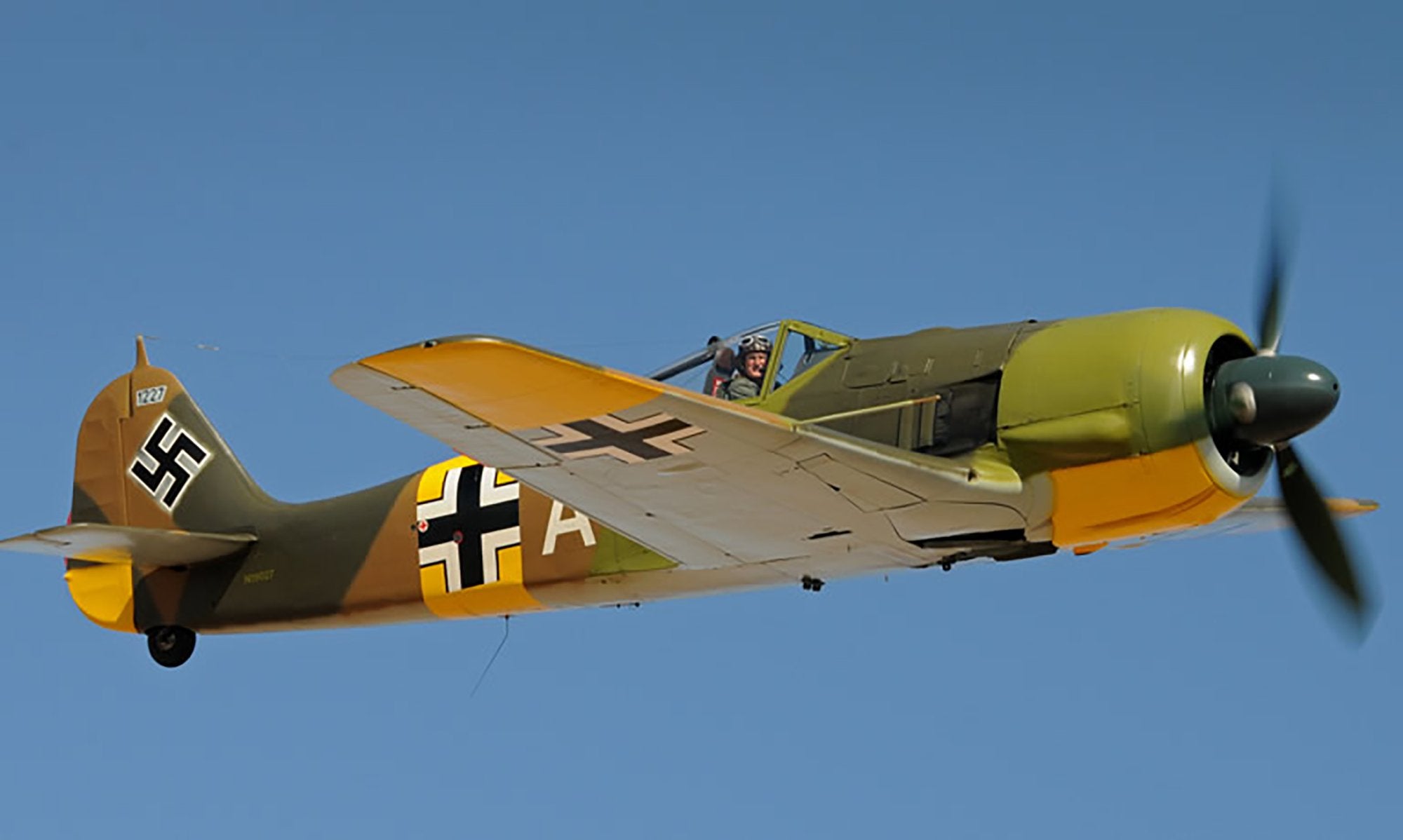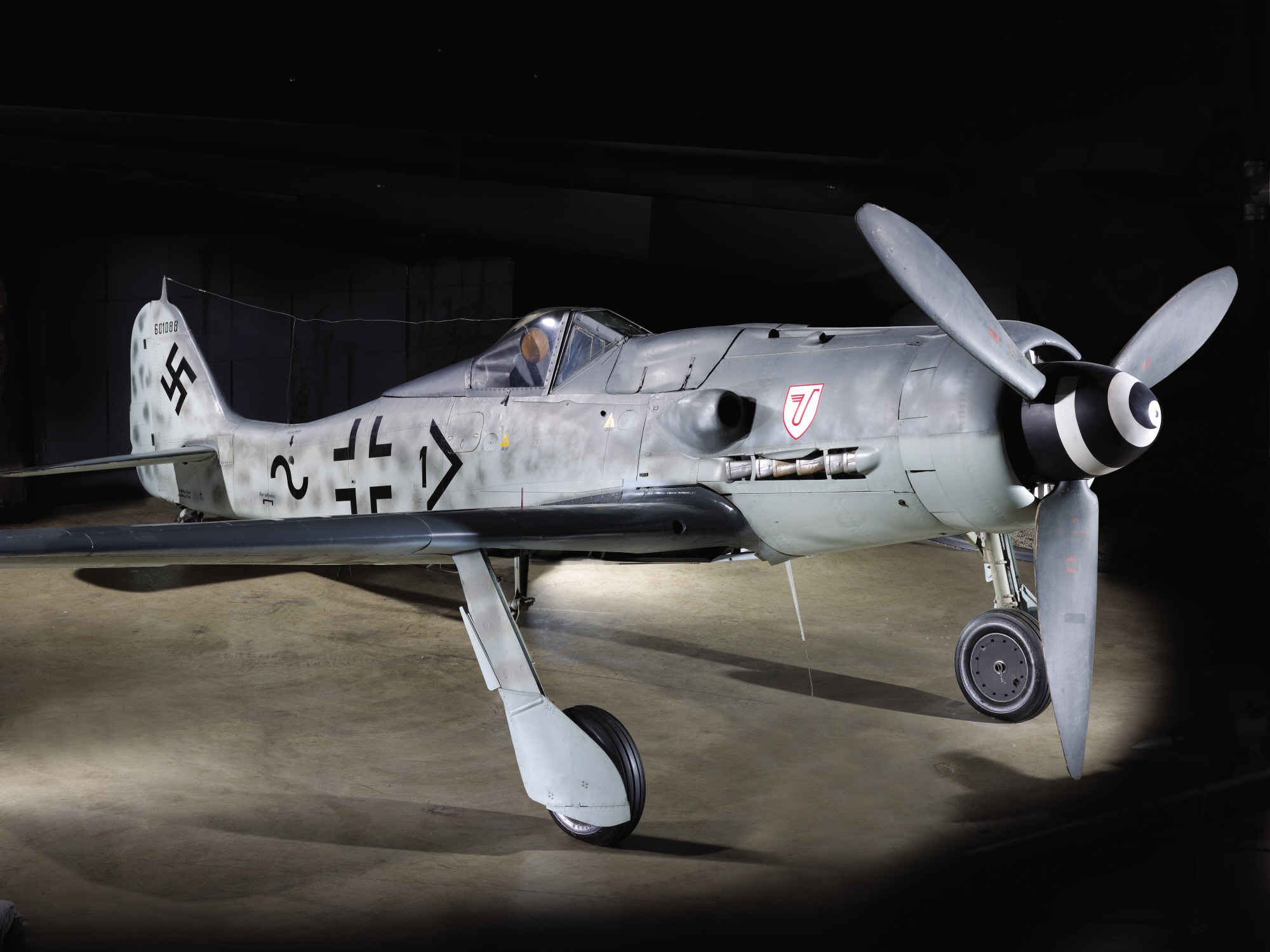


This superiority is not as marked as with the Spitfire VB. The approximate differences in speed are as follows:Īt 2,000 ft the FW 190 is 7-8 mph faster than the SpitfireĪt 5,000 ft the FW 190 and the Spitfire are approximately the sameĪt 8,000 ft the Spitfire IX is 8 mph faster than the FW 190Īt 15,000 ft the Spitfire IX is 5 mph faster than the FW 190Īt 18,000 ft the FW 190 is 3 mph faster than the Spitfire IXĪt 21,000 ft the FW 190 and the Spitfire are approximately the sameĪt 25,000 ft the Spitfire IX is 5-7 mph faster than the FW 190Ĭlimb: During comparative climbs at various heights up to 23,000 feet, with both aircraft flying under maximum continuous climbing conditions, little difference was found between the two aircraft although on the whole the Spitfire was slightly better.Ībove 22,000 feet the climb of the FW 190 is falling off rapidly, whereas the climb of the Spitfire IX is increasing.ĭive: The FW 190 is faster than the Spitfire IX in a dive, particularly during the initial stage.

Īt most heights the Spitfire IX is slightly superior in speed to the FW190. The FW190 was compared with a fully operational Spitfire IX for speed and manoeuvrability at heights up to 25,000 feet. The following are extracts from the official report.
#DASBOOT FW190 TRIAL#
The trial showed that there was a remarkable similarity in performance. In July 1942 a Spitfire IX was flown in a comparative trial against a Focke-Wulf 190A which had fallen into British hands when its pilot landed by mistake at Pembrey RAF base at in Wales.


 0 kommentar(er)
0 kommentar(er)
